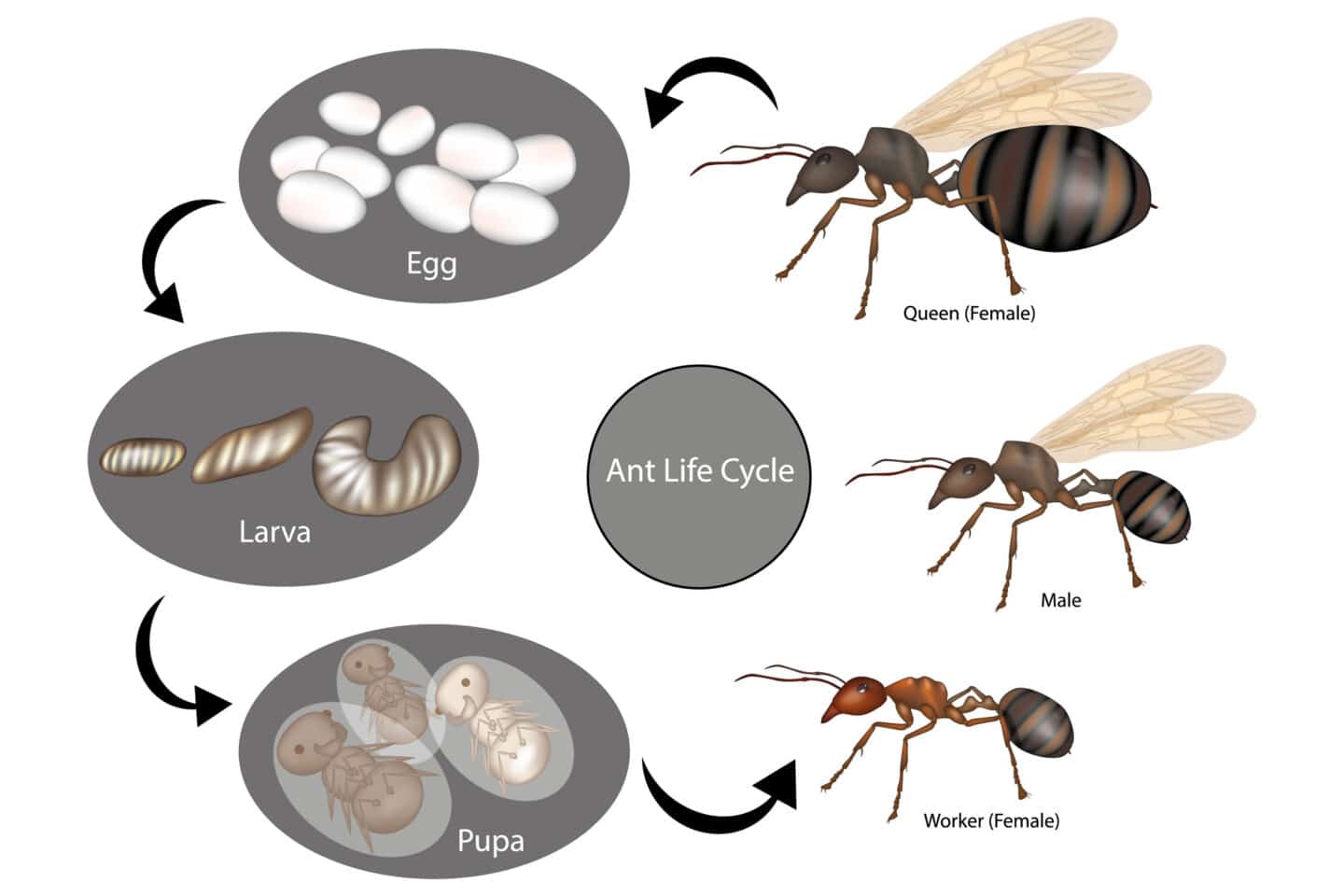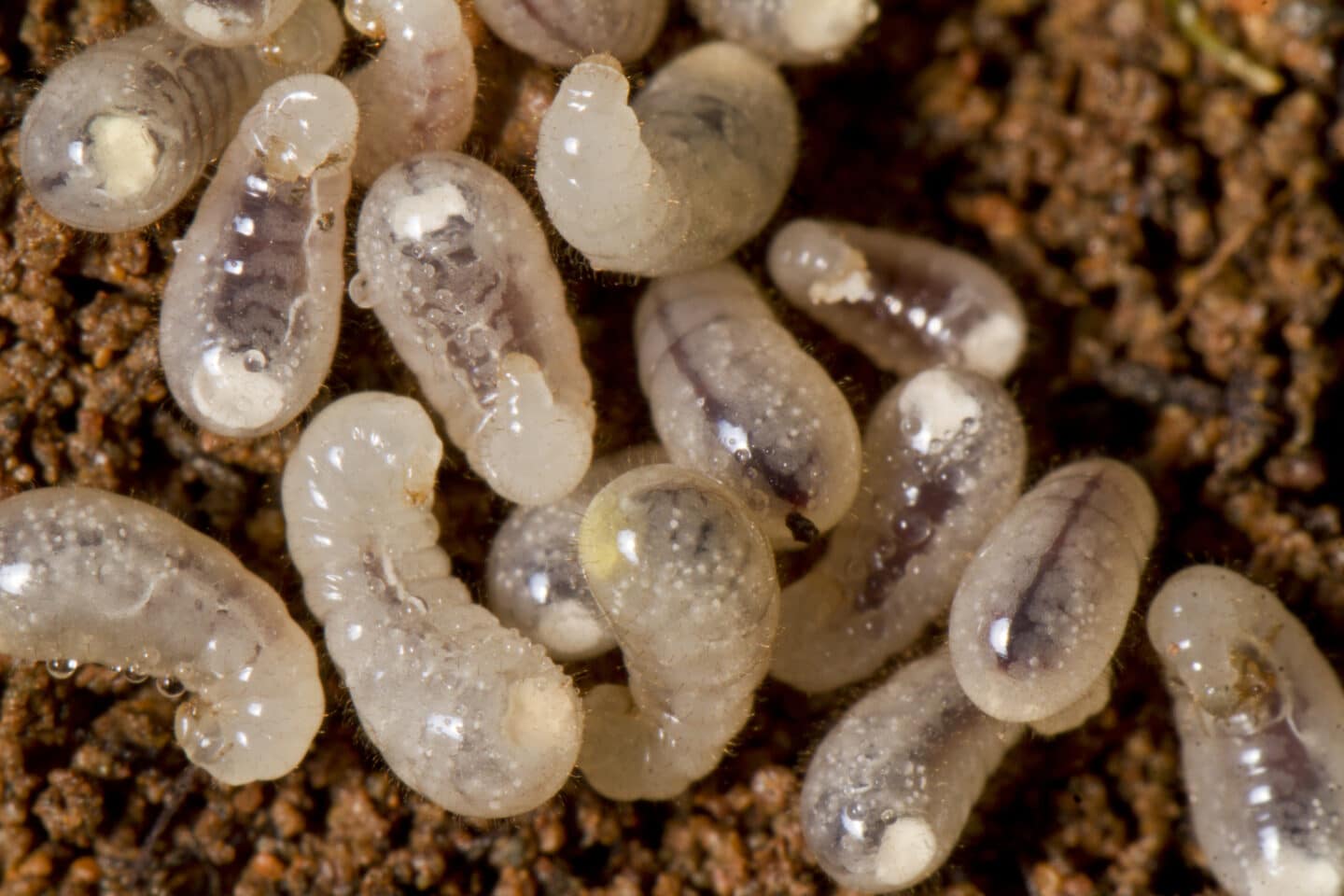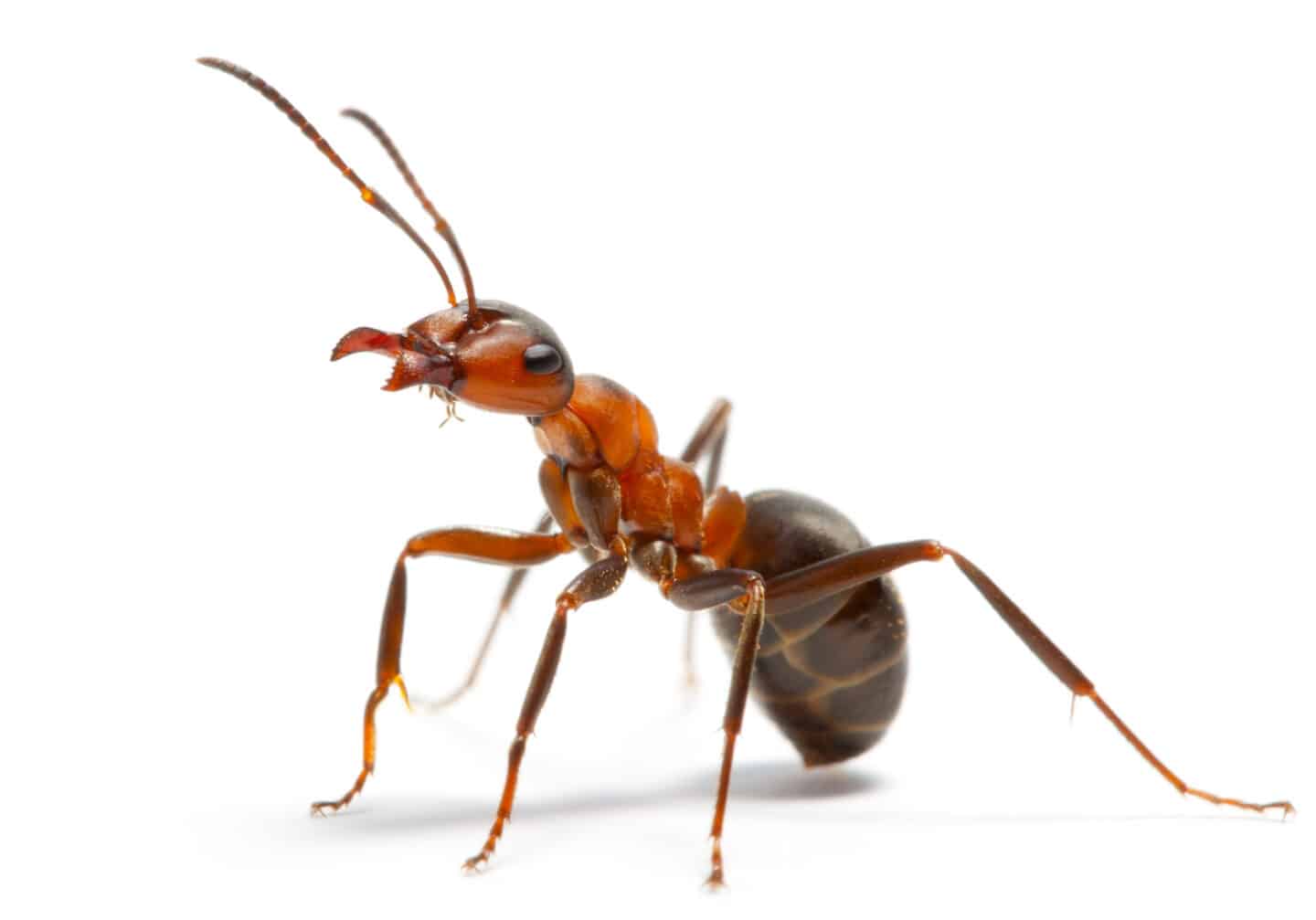Author: Kurt Treftz, Cascade Pest Control
If you’ve ever watched a trail of ants march across the sidewalk, observed the busy coming & going around an ant hill, or even been dumbstruck by an ant carrying many times its body weight, you know why these creatures are so fascinating.
Let us take you on a journey through the life cycle of an ant. Seeing what makes them tick can help us know how to eradicate them from our homes. Know thy enemy, as they say. . .
Ants are small, social insects with a footprint around the world. Scientists have discovered nearly 10,000 species and expect that there are more. They are found on every continent except Antarctica and develop large colonies to serve the good of the whole.
Throughout their life cycle, ants undergo four major metamorphoses. While there are some differences between species, they generally have four stages of development: egg, larvae, pupae, & adult.

Ant Life Cycle. Stage of development Egg > Larva > Pupa > Adult
Ant Eggs
Ants begin life as a soft, oval egg that is so tiny it can be the period at the end of this sentence. Once the egg is laid, a few things can happen to it. It can be fertilized and become a female ant. It can remain unfertilized and become a male ant. Or it can be unfertilized and eaten by the colony for extra nourishment. Eggs are sticky, making them easier to carry out of danger if the colony is attacked. Eggs will hatch in 6-32 days depending on species as well as temperature. From the egg hatches a larva.
Ant Larvae

Ant larvae are a whitish, worm-shaped creature with no eyes or legs. Their main purpose is to eat and eat and grow to the next stage. Larvae are fed by the worker ants with a constant supply of food. They grow rapidly and shed (molt) between their different sizes. The hair on the larva is hooked. Since they cannot move or defend themselves at this stage, the hooked hair allows them to be carried by the work ants. Ants will be in the larval stage for anywhere from 12 -32 days. The workers will stop feeding the larvae as they head into the next stage.
Ant Pupae
As the larva grows, it hits the next stage: pupa. In this stage the ant enters metamorphoses. During a time of rest and reorganization, the pupa begins to look more like an adult. The legs and antennae are folded up to their bodies. Most ants spin a cocoon for protection of their darkening bodies but some species are naked, or uncovered, during this process. After 9-30 days in this pupal stage, a fully-developed adult ant will emerge.
Ant Adulthood

The adult that emerges from the pupal stage is fully grown and developed with a rigid exoskeleton that hardens in a few hours. The exoskeleton prevents it from growing any bigger. Ants have six legs and three body segments, the head, thorax, and abdomen. The mouthparts in the head are used for eating and excavating. The two antennae are sensory organs used for smell and touch.
As a fully-formed adult, an ant will have a role to play in the colony.
- Queens: These female ants were fed more in the larval stage. They are larger than other ants and bear the responsibility of laying eggs for the colony. (Some species of queens will lay up to a million eggs in their lifetime.) Initially, queens are winged and fly around to attract a mate. However, she will tear her wings off before starting a new colony. Under the right conditions, a queen can live for decades.
- Workers: The most common ant (and the one you are most likely to see) is the worker ant. These are sterile females who were fed less at the larval stage. They do not reproduce, but their role in the colony is pivotal. They take care of the brood (feeding all those larvae is time-consuming). They build and clean the nest. They gather all the food. They excavate and defend when needed. Worker ants are wingless and survive for several months typically.
- Males: The male ants are meant only for reproduction. They are winged and fly to mate with a queen. Once they mate, they die. Most males live only a few weeks and they are not responsible for any of the chores of the colony.
Ants are fascinating insects with a complex social hierarchy and life cycle. Knowing something of the life of an ant can help us to control their growth and keep them from overrunning our spaces. It can also help us understand the persistent nature of these pests. With millions of ants in one colony, it can be hard to get on top of an infestation. And while worker ants can take a pesticide back to a nest and kill off others, it won’t affect those ants in the pupal stage as they don’t eat. So, even after treating an infestation, the newly hatched adults might just re-establish the colony.
If you find yourself facing an ant infestation crisis, give Cascade Pest Control a call: 888-989-8979
